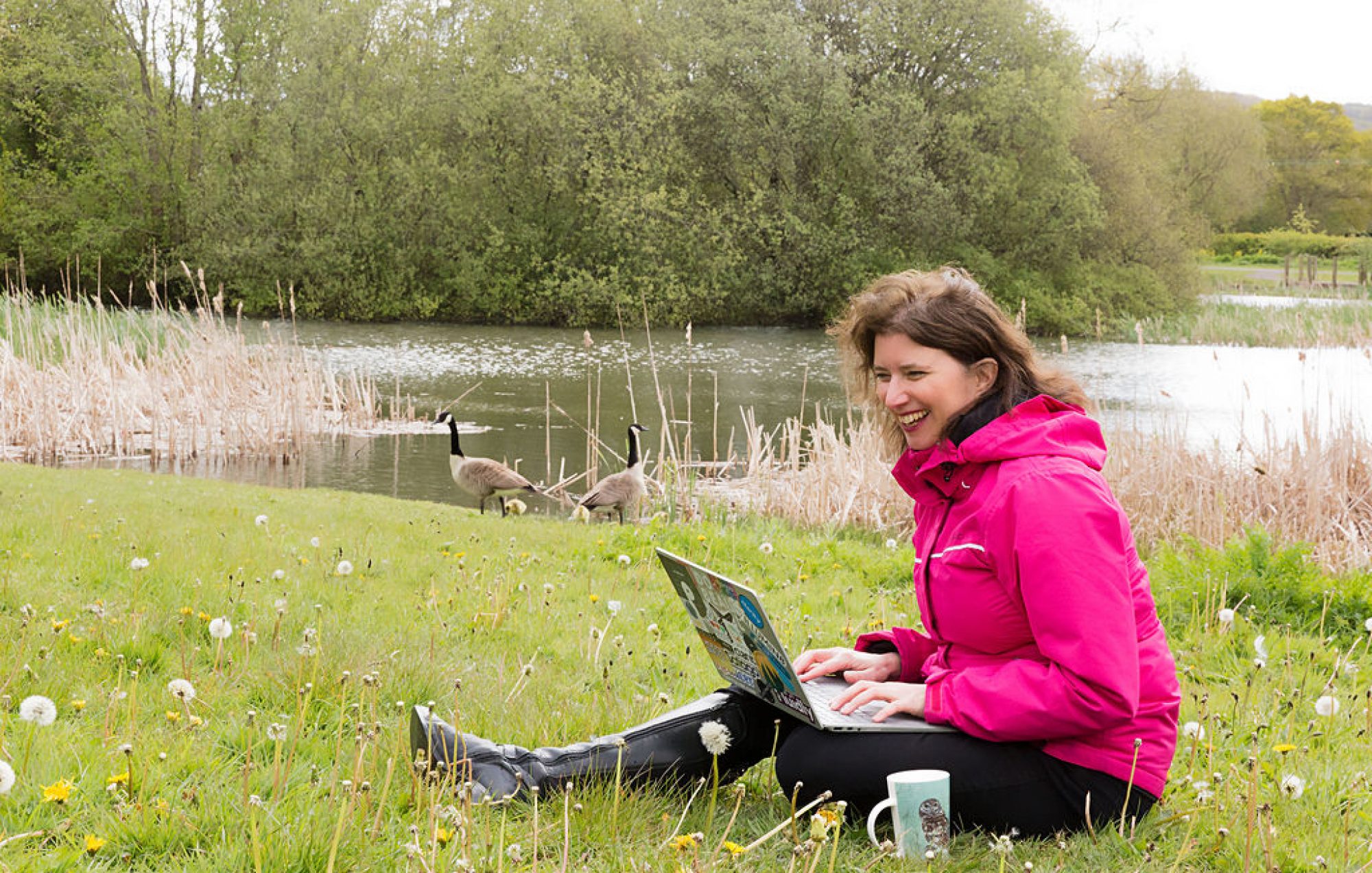When we complete year end accounts for our clients we complete a 10 point tax review for each business as standard to ensure that they are making the most of their various allowances.
1. Are the using the most appropriate trading vehicle eg sole trader or partnership vs limited company
2. Should they register for VAT voluntarily or if they have exceeded the rolling 12 month limit (currently £90k including reverse charge income)? If already VAT registered are they on the most suitable scheme?
3. Should their spouse be a partner, shareholder, or employee?
4. Are they taking the most appropriate salary vs dividends?
5. Are they approaching certain cliff edges such as 25% corporation tax, higher income child benefit charge, etc and are there legitimate ways to keep their income below these limits?
6. Are they investing in pensions?
7. Should they be paying/receiving interest on their DLA?
8. Are they using part of their home for business and should they claim these costs?
9. Are they eligible for Research and Development tax credits and is it worth claiming (as the fees can be quite high for legitimate experts)?
10.Would they benefit from an EIS/SEIS scheme?
